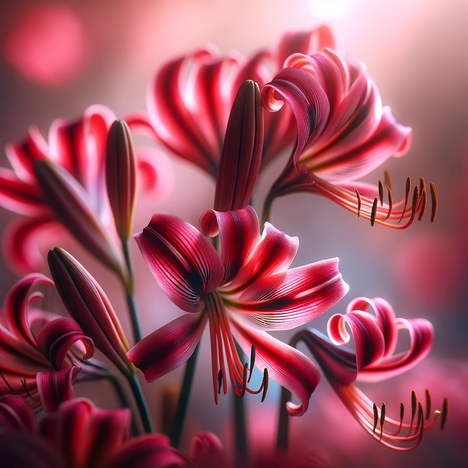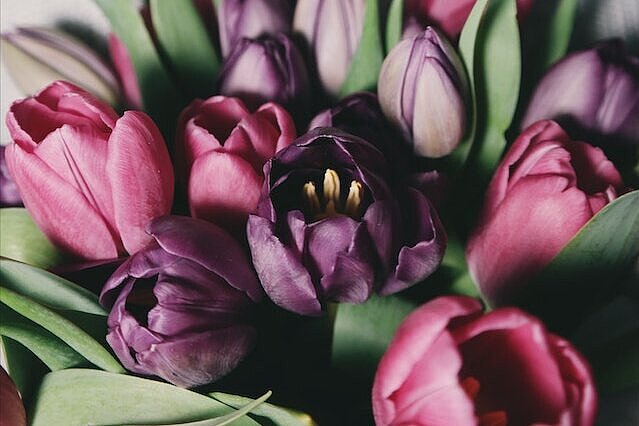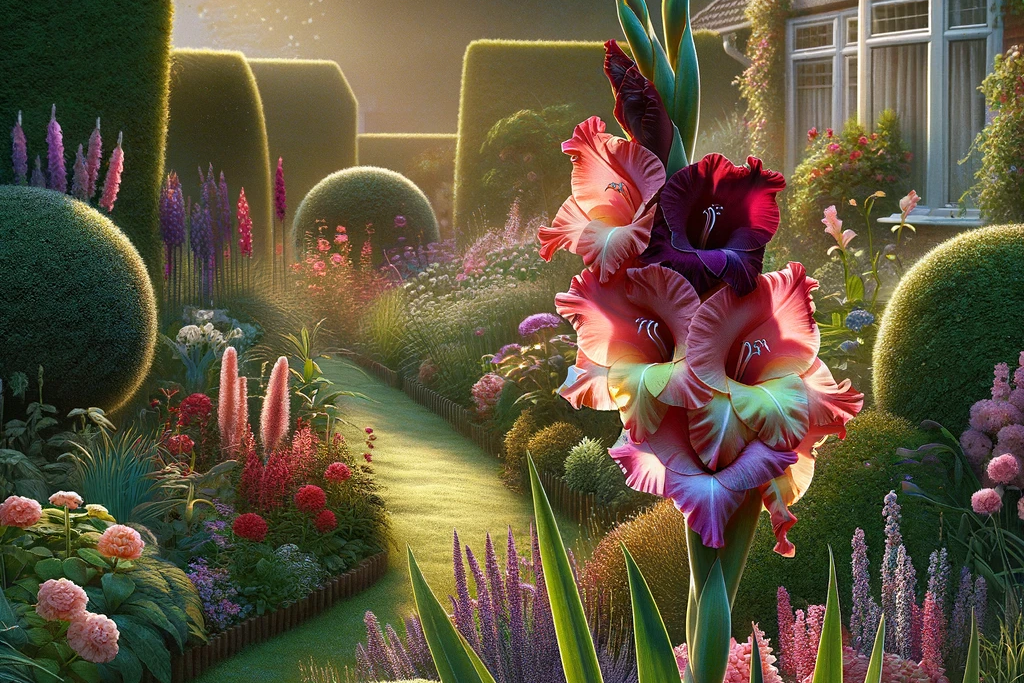Guernsey lilies

The Guernsey lily, a symbol of subtle elegance in gardens and living spaces, fascinates with its appealing flower and delicate fragrance. But behind its beauty lies a potential danger for our faithful four-legged friends. In this article, we take a deep dive into the world of Guernsey lilies, exploring what makes this plant special and highlighting the benefits and risks it poses to dogs.
What are Guernsey lilies?
Guernsey lilies (Nerine bowdenii) are bulbous plants known for their showy, pink flowers. Originally from South Africa, they have found their way into gardens and homes around the world, often prized for their late summer bloom that adds color to the landscape when other plants have already faded. Despite their name, they have no direct connection to the island of Guernsey, except that they are very popular there.
The attraction of Guernsey lilies
Aesthetic value
Guernsey lilies offer a unique aesthetic enhancement to any garden or interior. Their vibrant colors and late bloom time make them a valuable part of garden planning, especially for arrangements that aim to extend bloom time throughout the season.
Easy care
Another advantage of Guernsey lilies is their relative ease of care. They are quite hardy and can thrive in a variety of climates as long as they have well-drained soil and sufficient sunlight. This makes them an attractive option for garden lovers looking for low-maintenance but effective plants.
Risks for dogs
Despite their beauty and low maintenance, Guernsey lilies pose potential dangers to dogs. Like many bulbous plants, guernsey lilies contain substances that can be toxic to dogs.
Toxicity
The main danger Guernsey lilies pose to dogs is their toxicity. If dogs eat parts of the plant, especially the bulbs, they can show symptoms of poisoning. These include vomiting, diarrhea, lethargy and in severe cases even seizures. The specific toxins in guernsey lilies can irritate the oral cavity, stomach and intestines, leading to painful inflammation.
Preventive measures
To minimize the risks, it is important to plant or place guernsey lilies out of the reach of dogs. If you have a dog and want to keep Guernsey lilies in your garden or house, make sure your dog is not left unsupervised near them. If there are any signs of poisoning, seek veterinary help immediately.
Caution advised
While guernsey lilies can make a beautiful addition to any garden or living space, it's crucial to recognize their potential danger to dogs. The toxicity of the plant requires pet owners to act responsibly and take preventative measures to protect their four-legged friends. With careful planning and supervision, the coexistence of guernsey lilies and dogs can be made safe, so garden lovers don't have to sacrifice the beauty of these plants while ensuring the safety of their pets.
If you notice any signs of hypersensitivity or poisoning in your dog, you should see your vet immediately. We are not a substitute for a vet, but we try to be as accurate as possible. Every dog reacts differently and we recommend you get a second opinion or consult your vet if in doubt.
Stay healthy and take good care of your four-legged friend!😊
Similar to Guernsey lilies
Daffodils contain various alkaloids that can be poisonous to dogs. These substances are mainly found in the bulbs, but also in the leaves, stems and flowers of the plant. If they are eaten or...
Tulips are a genus of plants from the lily family, which includes around 150 different species and various hybrids. They originate from Europe, Central Asia and North Africa and are now cultivated...
The hyacinth (Hyacinthus) is a genus of bulbous flowers belonging to the asparagus family (Asparagaceae). It blooms in spring and is particularly known for its dense inflorescences and intense,...
Gladioli (Gladiolus spp.) are attractive flowering plants that are appreciated for their long inflorescences and variety of colors. Originally from Africa, Asia and the Mediterranean region, they...



